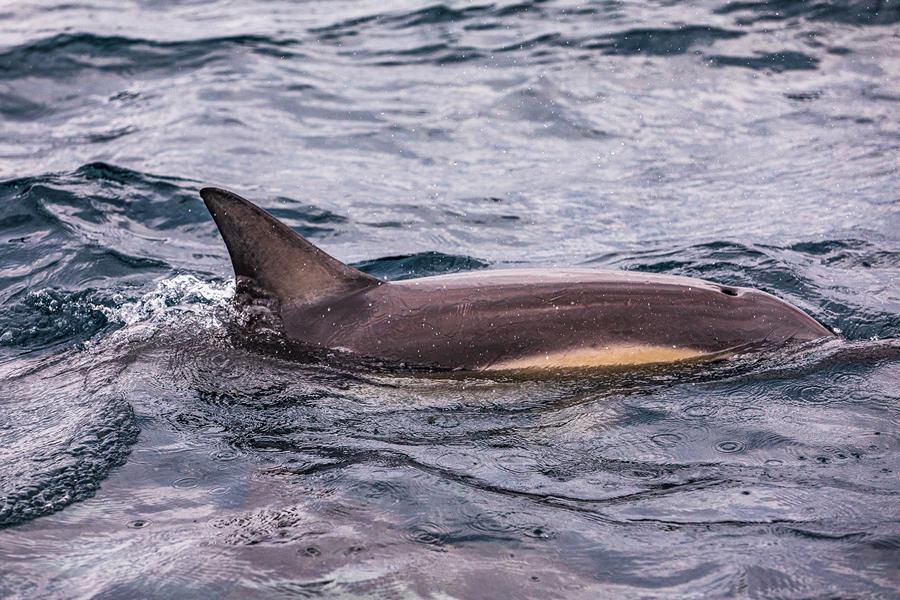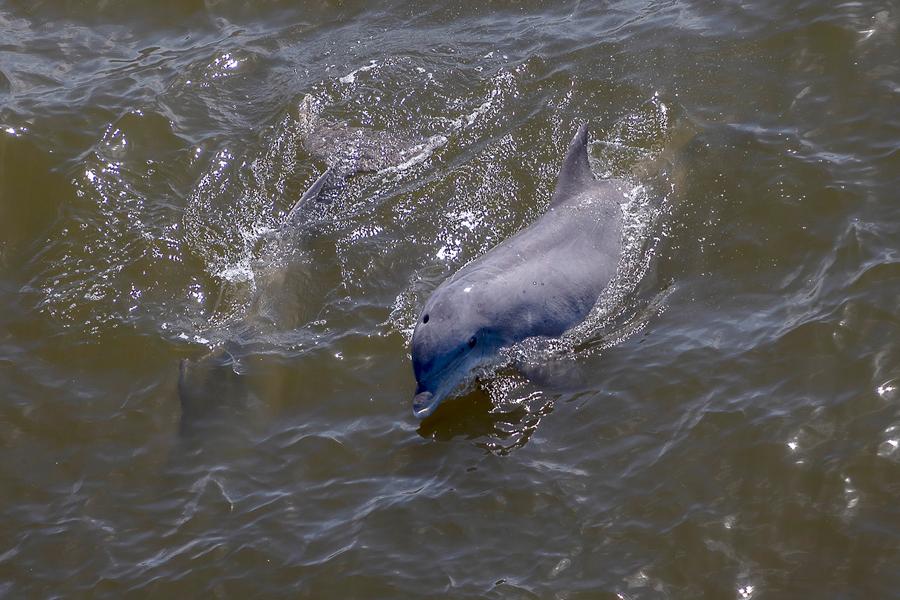ScottishPower Renewables project to monitor marine mammal population
gets underway in southern North Sea
- Specialist monitoring of marine mammal population underway at East Anglia THREE offshore windfarm site, which falls within Southern North Sea Special Area of Conservation
- Underwater devices deployed in 12 locations to detect and register underwater sound and the behaviour of harbour porpoise, which are relatively common in the southern North Sea
- Project is testament to ScottishPower Renewables’ commitment to supporting ecology and environment around its renewables projects

An innovative project to monitor the behaviour and activity of marine mammals using the waters around ScottishPower Renewables’ East Anglia THREE offshore windfarm is now underway.
Using the latest technology to detect and record underwater sounds – including the noises and vocalisations marine mammals make for communication, feeding and navigation – the project will improve scientific understanding of how marine mammals behave and how they react to offshore activity like windfarm development.
The mammal sounds are captured using a series of hydrophones deployed at 12 locations both within the East Anglia THREE windfarm area, and up to 25km beyond its boundary, to create acoustic monitoring stations.
Hydrophones are suspended underwater at each monitoring station, attached to a buoy mooring line.
They will be in place for around four years, covering the pre-construction period (to provide a baseline), the two-year construction programme for East Anglia THREE, and the first year of windfarm operations.
Ross Ovens, ScottishPower Renewables’ Managing Director for its East Anglia Hub offshore windfarms, said: “We pride ourselves on being a responsible developer and a good neighbour – both on and offshore – and ecology and the environment are of paramount importance when building our windfarms. We take a best practice approach when working offshore and the monitoring activity will help inform how we work in that marine environment.
“This programme will be one of the largest studies of its kind, both in terms of the scale of the area involved and how long it will last, and our findings will be shared with marine and environmental bodies to boost their knowledge and understanding of these magnificent marine mammals. It will also provide key insight for others working within this protected marine area.
“It’s a great example of the careful and considered approach we take to ensure wildlife and windfarms can happily co-exist side by side as we power the country to a cleaner, greener future.”
Richard Stocks, Offshore Consent Manager for East Anglia THREE, added: “This technology will allow us to get up close to the marine mammal population in and around our windfarm and help us understand where they are and what they are doing including whether they are foraging. The data will be collected every three months so we can track activity and trends and consider what that means for the development of offshore green energy projects in the region.”
The marine mammal project is being delivered in partnership with Seiche, the UK's leading specialist in underwater noise and marine mammal monitoring, supported by the Scottish Association for Marine Science (SAMS).
Environmental consultants, GoBe supported the development of the Marine Mammal Monitoring Plan, which was approved before monitoring commenced.
